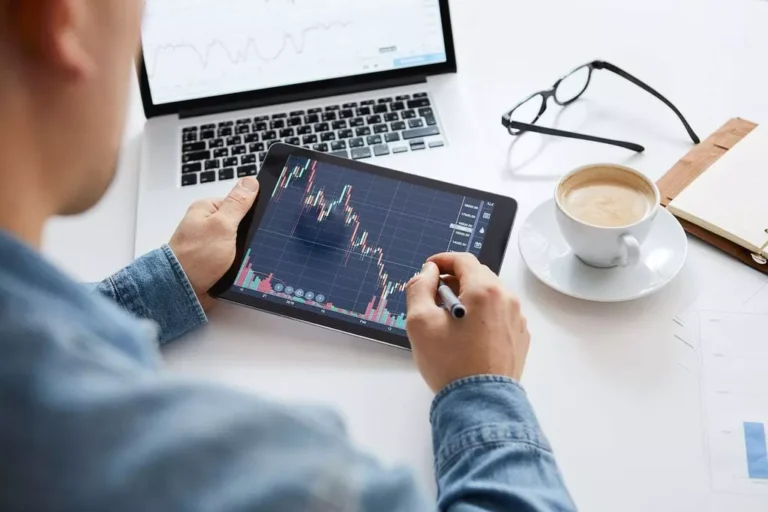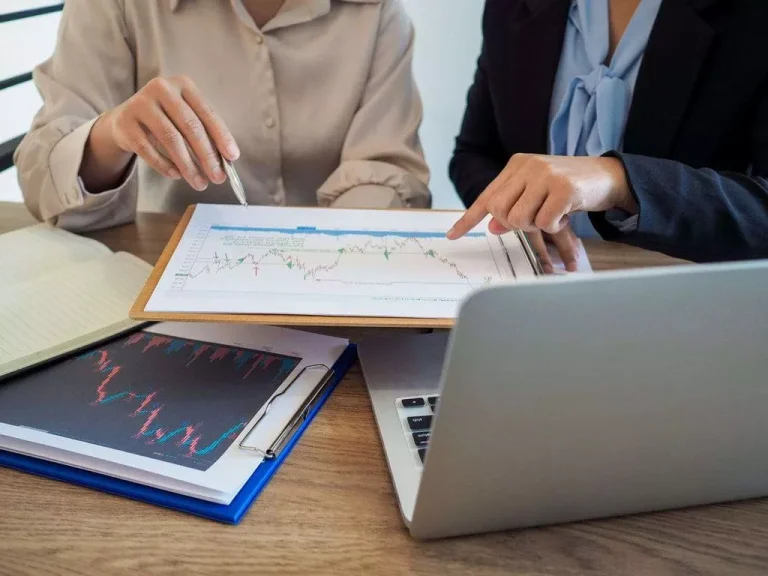Others, such as Gamma Strategies, take an lively rebalancing method by which strategies are decided off-chain and infrequently stored proprietary. Teams are additionally experimenting with letting the market resolve the optimal technique. Steer Finance and Sommelier Finance, as an example, plan to allow anybody to create and run their own strategies. Curve Finance executed a $2.5 million sUSD-USDC trade that price less than $2 in gasoline fees.
Conversely, the value of BTC goes down as there is extra BTC in the pool. The pool stays in fixed balance, where the entire worth of ETH in the pool will at all times equal the whole worth of BTC within the pool. Only when new liquidity providers take part will the pool broaden in dimension. The rule of thumb to turn into a market maker is locking some amount of assorted tokens into a liquidity pool. For occasion, QuickSwap LPs have to provide an equal worth of a pair of cash to the pool. Some protocols can mix more than a pair of assets, so the ratio could be completely different.
How Do Amms Work?
Simply put, an Automated Market Makers (AMMs) is a decentralized change (DEX) protocol that makes use of formulas to determine the worth of property. Where centralized exchanges like Binance worth property utilizing an order e-book, Automated Market Makers use a pricing algorithm. Platforms that use AMMs automated cryptocurrency buying and selling and make it fully decentralized via using sensible contracts and deft tokenomics. Based on a predetermined pricing method, the liquidity pool is designed to allow purchase and sell orders between two crypto belongings, such as Ether and a stablecoin like USDC.
Let us assume a sensible example for identifying how liquidity is necessary for Automated Market Makers. The finest reply for you’ll be no, as you can never buy all the Ether within the pool. You should pay exponentially larger and better premiums for every further ETH you purchase from the ETH/DAI pool on Uniswap. Multi Research focuses on bringing related details about varied components of the decentralized economic system for those who don’t have time to remain on top of it on an everyday basis.
What Is Arbitrage Trading?
Curve v2 might be appealing to liquidity providers because it presents the capital efficiency of Uniswap v3 without the lively administration of positions. Furthermore, as a result of all LPs deposit into the same pool with the same price range, there are not any JIT liquidity issues. Perhaps most importantly, it enabled composability with different DeFi protocols. Users can use their LP tokens as collateral, builders can question liquidity pools as value oracles, protocols can create liquidity mining applications to spur liquidity for his or her native tokens, and so forth. This article explains what automated market makers are, how they work, and why they’re important to the DeFi ecosystem.

Slippage is the distinction between the expected price of a trade and the precise worth following the execution of the commerce. This often occurs when merchants place massive orders on illiquid assets. When a trader places a large purchase order on an illiquid token, the value can enhance dramatically. Naturally, the same could occur in reverse when a trader executes a big sell order, pushing the price down. The more liquidity an AMM has, the much less slippage customers expertise, which in flip attracts more liquidity. Projects search to enhance worth slippage and reduce gasoline costs largely by way of consolidation.
Automated Market Maker Platforms
Higher levels of liquidity in the pool might ensure limited possibilities of slippage for giant orders. As a end result, improved liquidity could play a vital function in driving more quantity to the platform. It is also important to notice that the slippage issues could be considerably completely different according to completely different AMM protocols.
Built on Ethereum, the Uniswap decentralized trade (DEX) has catalyzed the AMM area attracting colossal quantities of liquidity. Since launching, numerous clones and forks of the Uniswap protocol have emerged. As the protocol makes use of open-source code, this makes copying and cloning comparatively easy.
Liquidity Pool – An Necessary Factor
This makes it straightforward for users to provide liquidity and not need to source a share of each stablecoin within the pool like is the case in Balancer and Uniswap. For occasion, they’ve carried out multi-token swimming pools, dynamic pool charges, non-public pools, and custom pool ratios. The zero.2% community fee collected from all trades is contributed to an allocation structure, which is voted on via the governance of the protocol. Orders are at all times be executed with minimum slippage and reserve-based fees in mind, so customers always get the best possible value regardless of charges paid. MSc in Computer Science, BSc in Smart Engineering, and BSc in Economics and Statistics.

LPs in AMMs are at all times offering the “wrong” price and rely on others to commerce in opposition to them till the quote is appropriate. In an try to restrict poisonous circulate, some protocols are integrating oracles that pull costs from external markets to avoid their liquidity providers being run over. Similar to Uniswap, Crocswap permits liquidity providers to supply ambient (Uni v2 style) or concentrated (Uni v3 style) liquidity.
By prioritizing pegged assets, Curve is a dependable market maker for giant trades, opening up particular use circumstances like crypto ETFs. The danger of slippage is fairly low in a CSMM mannequin compared to different sorts. This is as a end result of the commerce size doesn’t have an effect on the exchange value current within the liquidity pool. Conversely, centralized exchanges (CEXs) use an order book to match a buyer with a seller to execute a cryptocurrency commerce at a mutually agreed exchange worth. A discussion with an automated market maker defined properly would stay incomplete with out a high level view of well-liked AMM protocols.
- An individual receives digital assets in the type of the liquidity supplier (LP) tokens after they contribute liquidity to a liquidity pool.
- Curve is considered one of the newer AMM protocols to enter the Defi ecosystem in early 2020.
- External oracles or parameters of the good contracts set worth on the tokens right here, which ensures increased management of the pool for the market makers, even when the costs fluctuate.
- The automated market maker protocol determines the rewards for the liquidity providers.
- Phase two contains additional options such because the superfluid yield era with idle property.
The lending protocols in return permit the idle property in the liquidity pool to collect an extra interest from the lending swimming pools APY rates. When liquidity providers deposit their stablecoins into the pool it’s routinely traded into an equal share of the pool tokens. For example, a one thousand USDC deposit can be divided into elements of USDC, USDT, TUSD, and DAI. Uniswap’s liquidity swimming pools can encompass only two pairs, which may then be paired towards any ERC20 token. Generally, any TOKEN/TOKEN pool may be created as lengthy as the token meets the ERC20 token standards.
Automated market makers have already demonstrated their effectiveness in comparison to centralized exchanges. Notably, buying and selling volumes generated by Uniswap V3, Pancakeswap V2, and other platforms are already equal to or exceeding these of several distinguished centralized exchanges. The constant, represented by “k” means there’s a fixed balance of belongings that determines the value of tokens in a liquidity pool. For instance, if an AMM has ether (ETH) and bitcoin (BTC), two risky property, every time ETH is purchased, the worth of ETH goes up as there is much less ETH in the pool than earlier than the acquisition.
Each has barely completely different features and infrequently its personal utility token. New stablecoin initiatives might must create and assist multiple pools to provide sufficient liquidity to users and stop amm coin arbitrage opportunities. Moreover, the expansion of stablecoin pools is usually bottlenecked by the least in style token. Curve also presents v2 pools for a handful of different assets, similar to CVX-ETH, CRV-ETH, and EURT-USDT.
However, for the non-stable swimming pools (USDC/WETH, USDT/WETH), we discover that the opposite occurs. In all of the instances above when buying and selling an amount of ∆x for an quantity ∆y the reserves should change in a method that their product will stay equal to the constant k. Each works in an analogous method, but many have distinctive features or value propositions.